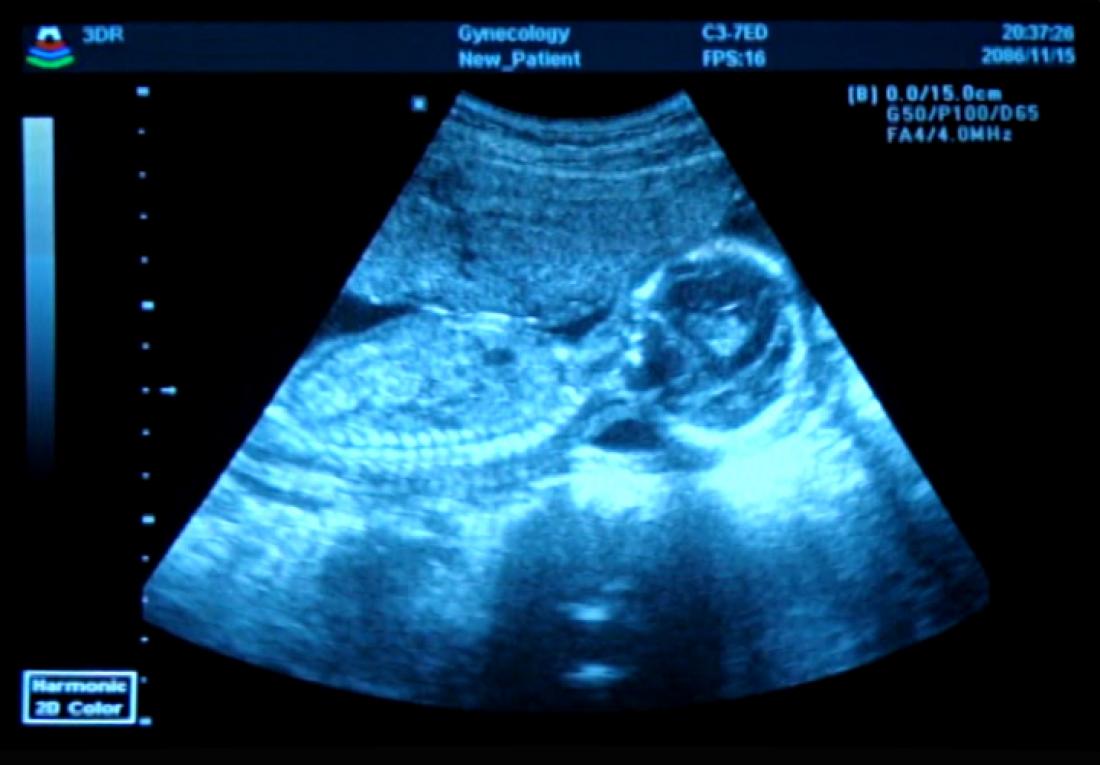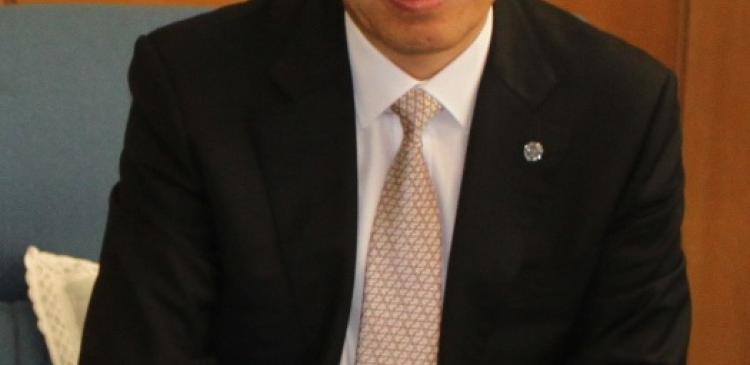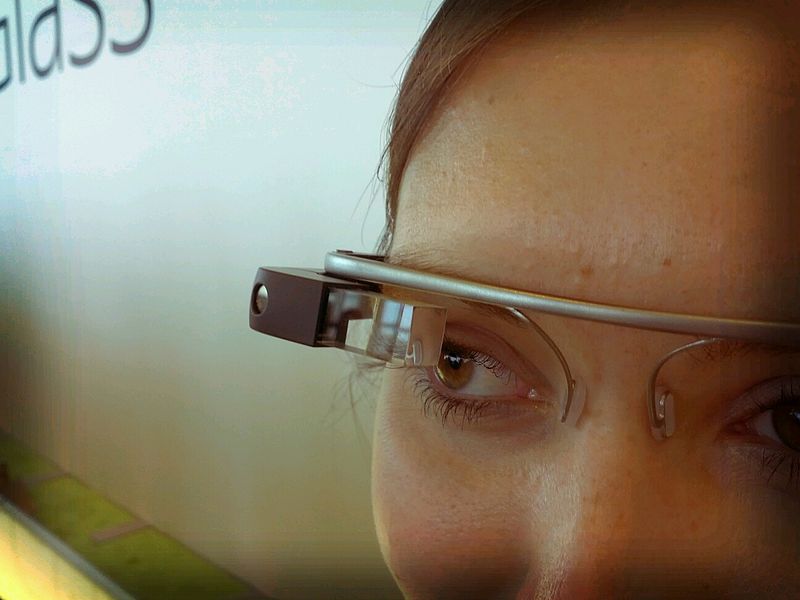Sonography is an ultrasound based diagnostic technique for visualising soft tissues, organs, bones or a foetus (as is shown here). © Creative Commons Hamed Saber
Working at the forefront of research developments across five fields of electronics, dealing with dozens of research questions on a daily basis would be an achievement and a challenge for any researcher. However, Prof. Oh-kyong Kwon, Hanyang University’s Academic Provost and Senior Vice-President, manages to combine his research activities with a host of administrative duties which take up his daytimes. Unsurprisingly then his research activities continue into the early hours each morning!
ResearchSEA met up with Prof. Kwon to talk about his research as well as seemingly phenomenal time scheduling abilities.
Q: What major research projects are you working on at the moment and why?
A: I am involved in developing display electronics, in particular the development of micro-displays, such as the ones that might be used in wearable computing gadgets, for example Google’s Project Glass unveiled earlier this year. We’re making sure that the micro-displays can function without a backlight, are thin, lightweight and have low power consumption while ensuring they retain a fast response time. At the same time we are also looking at creating flexible displays, screens that can be rolled up like a sheet of paper and don’t break when dropped.
We are also working in the field of power electronics. Modern electronic devices have multiple internal voltages (e.g. 5V, 3.3V, 1.8V etc.) and various sources of power to charge their batteries (e.g. USB, pulse, time based, trickle charger, solar etc.). We’re working on creating a single, small efficient inductor which can be used across all appliances and applications. So we’re decreasing manufacturing costs while increasing energy efficiency and usability.
This links into our work on high speed interface electronics. Wired connectivity is crucial in our modern world and we’re trying to improve the speed of data transmissionby building high speed transmitters. I am also involved in the development of sensor readout technology such as the light and touch sensors that you find in mobile phone technology. The goal is to improve the speed and efficiency of these applications to order to improve the consumer experience.
Q. What research are you most excited about?
A: At the moment our bio-medical electronics work really looks to make a positive impact. For example, we have developed more sensitive X-ray technology which ensures the same high quality image needed for medical analysis, but with radiation levels which are up to four times lower.
In addition, we are improving the standards for 3D ultrasound images with our ‘ultrasound transceiver IC’. Ultrasound is a technique in which sound waves are used to visualise objects. In medicine it is typically used to visualise soft tissues, abdominal organs, blood vessels, heart, or foetus in the womb (a sonogram). Conventional ultrasound is however 2D which means multiple scans are needed from different directions thereby increasing diagnostic time and pressure on medical professionals. However, in 3D imaging rather than sound waves being sent straight down and reflected back, they are sent at different angles. The returning echoes are processed by a sophisticated computer program resulting in a reconstructed three dimensional volume image of the foetus.
Q. In terms of your duties as Provost and Vice President, what are your aims for Hanyang University?
A. We want Hanyang University to be in the list of the top 50 engineering schools by 2039 (centennial anniversary for Hanyang University) and I spend my time promoting collaborations and funding to ensure that happens.
Q: We have to ask, how do you manage to combine such an active research program with your professional duties? Where do you find the time?
A: A limit of two to three hours of sleep, a very patient wife and 30 minute meetings with students every morning and evening so I stay up to date on the latest developments in the lab.
Q: Following your PhD at Stanford University, you first spent many years working in industry. What was your experience?
A: After my PhD, I worked for Texas Instruments for about 6 years. I always tell my students to go and work for a company as it offers a better environment for fundamental electronics research. I learned a lot during my time in industry, the philosophy, the way of thinking and they do more applied research than you will see in academia. I thought my research career would be over when I came to Hanyang University! However, at the time many Korean companies came to me seeking advice and I built on those relationships to secure a 10 million USD funding and from there built up my current research programme.
For further information contact:
Prof. Oh-kyong Kwon
HYU Distinguished Professor
College of Engineering
Department of Electronic Engineering
Email: [email protected]





